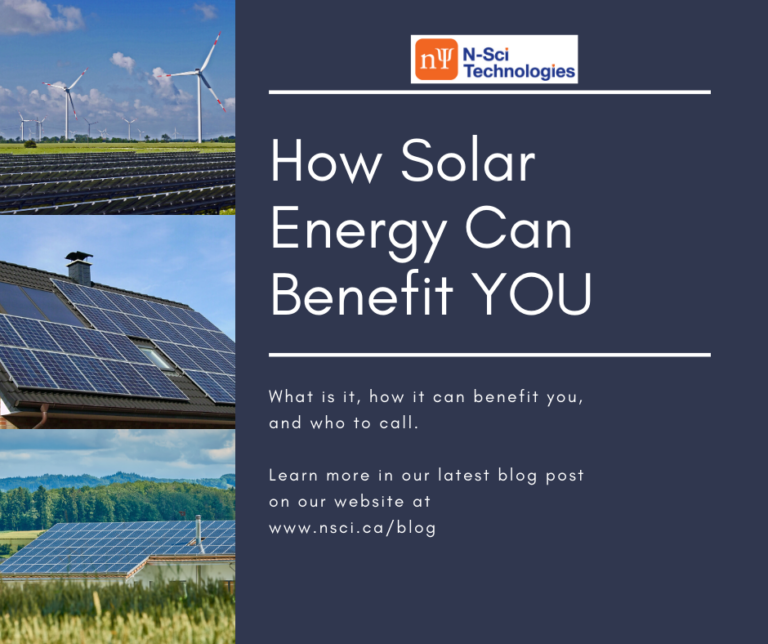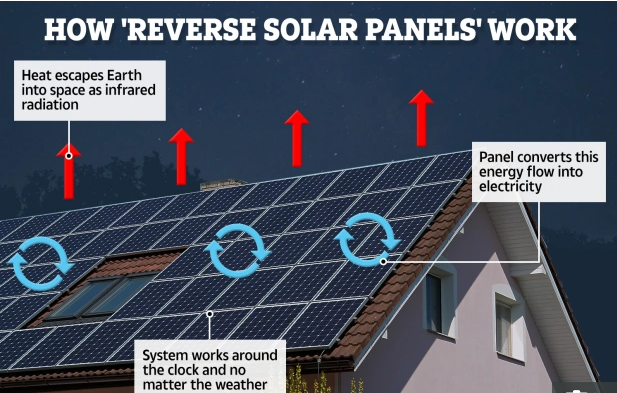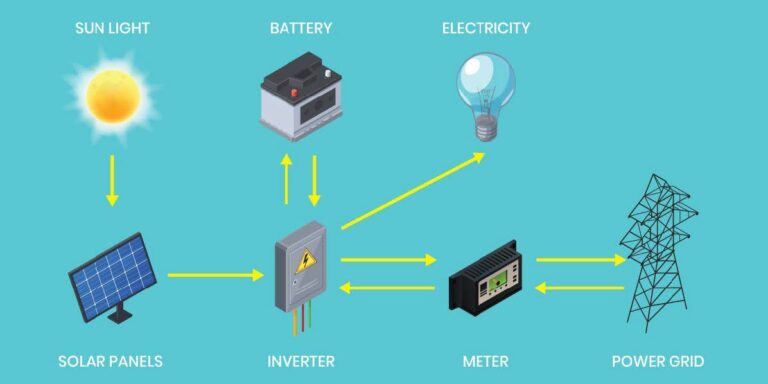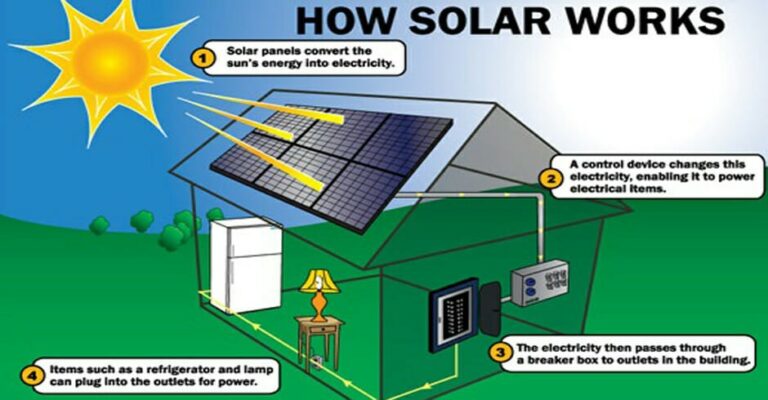Is Solar Energy Renewable Or Nonrenewable Resource?
Picture this: a world powered by the limitless energy of the sun. No more depending on fossil fuels that harm the environment. Sounds amazing, right? Well, that’s what solar energy brings to the table. But is solar energy a renewable or nonrenewable resource? Let’s find out!
Renewable energy means energy that can be replenished naturally, and solar energy fits the bill perfectly. Harnessing the power of sunlight, solar energy is considered one of the cleanest and most abundant sources of power available to us. But does that mean it’s truly renewable? Let’s dive deeper into the topic.
When you think about it, the sun isn’t going anywhere anytime soon. It’s been shining for billions of years and will continue to do so for billions more. That means we can rely on solar energy as an ongoing source of power. But what about the technology and infrastructure required to capture and convert solar energy? Is that renewable? Stick around as we explore this intriguing question!
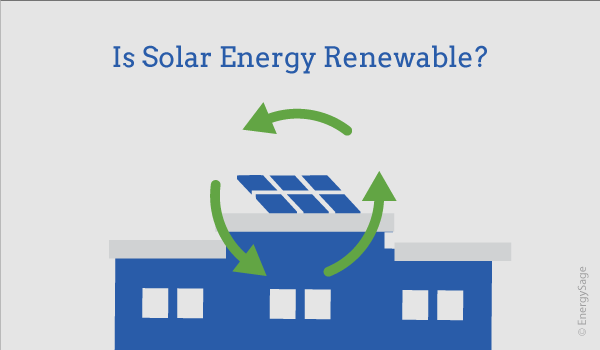
Is Solar Energy a Renewable or Nonrenewable Resource?
Solar energy has gained significant attention as a clean and sustainable alternative to traditional sources of power. It harnesses the energy from the sun and converts it into electricity or heat, offering numerous benefits for the environment and long-term energy sustainability. However, a question that often arises is whether solar energy is a renewable or nonrenewable resource. In this article, we will explore the nature of solar energy and determine its classification based on its availability and the processes involved in its generation.
The Nature of Solar Energy
Solar energy originates from the sun, a massive ball of hot gases that emits an enormous amount of radiation. This radiation takes the form of electromagnetic waves, including visible light, ultraviolet (UV) rays, and infrared radiation. Solar panels or photovoltaic cells capture and convert a portion of this radiation into usable electricity, while solar thermal systems collect and utilize the sun’s heat energy. In both cases, the primary source of solar energy is the sun, which continuously emits radiation without depletion.
Solar Energy as a Renewable Resource
Solar energy is widely regarded as a renewable resource because it derives from an abundant and almost inexhaustible source—the sun. The sun has been shining for billions of years and is expected to continue emitting radiation for billions more. As long as the sun continues to exist, solar energy will remain readily available for harnessing. Unlike nonrenewable resources such as fossil fuels, which take millions of years to form and will eventually run out, solar energy is essentially limitless.
Additionally, solar energy production does not deplete any natural resources or cause environmental harm in the same way that fossil fuel extraction and combustion do. Solar panels generate electricity without emitting greenhouse gases or air pollutants, making them a clean and sustainable solution for meeting energy demands while mitigating climate change.
Furthermore, advancements in solar technology have significantly improved the efficiency and affordability of solar energy systems. As renewable energy becomes more accessible, the reliance on nonrenewable resources can be reduced, leading to a more sustainable and environmentally friendly energy landscape.
The Limitations of Solar Energy
While solar energy is inherently renewable, its availability is subject to certain limitations. The amount of solar energy received at any given location on Earth varies depending on factors such as geographic location, time of year, weather conditions, and time of day. In regions with less sunlight or areas prone to frequent cloud cover, solar energy generation may be less efficient compared to sunnier regions.
Furthermore, solar energy production is dependent on the availability of sunlight. During nighttime or extended periods of cloudy weather, solar panels may not generate electricity at their optimal capacity. However, advancements in energy storage technologies, such as batteries, are addressing this limitation by enabling the storage of excess solar energy for use during periods of low or no sunlight.
Despite these limitations, solar energy remains a viable and sustainable renewable resource that offers significant environmental and economic advantages. As technology continues to improve and investments in solar infrastructure increase, solar energy has the potential to become an even more dominant force in the global energy landscape.
Benefits of Solar Energy
The adoption of solar energy has numerous benefits for individuals, communities, and the planet as a whole. Here are some key advantages of utilizing solar energy:
1. Reduced Carbon Emissions
Solar energy plays a crucial role in reducing greenhouse gas emissions and combating climate change. By using solar power instead of fossil fuels, we can lower carbon dioxide and other harmful pollutant emissions, helping to create a cleaner and healthier environment for future generations.
2. Energy Independence
By harnessing solar energy, individuals and communities can reduce their reliance on external energy sources, thereby achieving greater energy independence. This independence provides stability, resilience, and long-term cost savings, especially considering the volatility of fossil fuel prices.
Solar Energy vs. Nonrenewable Resources: A Comparison
When comparing solar energy to nonrenewable resources, several key differences become evident. Nonrenewable resources such as coal, oil, and natural gas are finite in nature and take millions of years to form. Once depleted, they can no longer be replenished within a human timescale. In contrast, solar energy relies on the sun’s continuous radiation, making it an essentially infinite resource.
Moreover, extracting and burning fossil fuels for energy release greenhouse gases and contribute to environmental degradation, including air and water pollution. On the other hand, solar energy production emits no pollutants, helping to combat climate change and reduce the negative impacts on ecosystems and public health.
In terms of availability, nonrenewable resources face issues related to extraction costs and geopolitical tensions. Solar energy, on the other hand, can be harnessed almost anywhere on Earth, reducing dependence on a limited number of energy-producing nations.
Solar Energy: The Future of Renewable Power
Solar energy holds immense potential as a renewable resource capable of meeting a significant portion of our global energy needs. As technology continues to evolve and costs decrease, solar power is expected to become even more accessible and economically viable.
Investments in solar infrastructure, advancements in energy storage, and increasing public awareness of the environmental benefits are driving the rapid growth of solar energy. Governments, businesses, and individuals are recognizing the value of investing in solar energy to reduce carbon emissions, achieve energy independence, and transition towards a sustainable future.
It is essential that we continue to support and accelerate the development and adoption of solar energy technologies. By harnessing the power of the sun, we can reshape our energy landscape and ensure a cleaner and more sustainable world for generations to come.
Key Takeaways: Is Solar Energy a Renewable or Nonrenewable Resource?
- Solar energy is a renewable resource, meaning it will not run out as long as the sun continues to shine.
- Solar panels use the sun’s energy to generate electricity, helping to reduce our dependence on fossil fuels.
- Unlike nonrenewable resources such as coal or oil, solar energy does not produce harmful emissions that contribute to climate change.
- By harnessing solar power, we can create a more sustainable and environmentally-friendly future.
- Switching to solar energy can save money on electricity bills and provide a reliable source of power.
Frequently Asked Questions
Solar energy has become increasingly popular as a renewable energy source. Here are some common questions about solar energy:
1. How does solar energy work?
Solar energy works by harnessing the sun’s rays and converting them into usable electricity. Solar panels, made up of photovoltaic (PV) cells, capture sunlight and convert it into direct current (DC) electricity. This electricity then goes through an inverter, which converts it into alternating current (AC) electricity that can power our homes and businesses.
The process of converting sunlight into electricity is made possible by the photovoltaic effect, which is the ability of certain materials to generate electricity when exposed to sunlight. Solar panels are designed to absorb as much sunlight as possible, maximizing the amount of electricity they can produce.
2. Is solar energy renewable or nonrenewable?
Solar energy is a renewable resource, meaning it will never run out as long as the sun continues to shine. The sun provides an abundant amount of energy that can be harnessed without depleting any natural resources. Unlike fossil fuels, which are finite and contribute to pollution and climate change, solar energy is clean and sustainable.
By utilizing solar energy, we can reduce our dependence on fossil fuels, protect the environment, and have a long-term, reliable source of energy for generations to come.
3. What are the benefits of solar energy?
Solar energy offers numerous benefits, including:
– Renewable and sustainable: Solar energy comes from an inexhaustible source – the sun. It will continue to shine for billions of years, providing us with a virtually limitless energy supply.
– Environmentally friendly: Solar energy production produces zero greenhouse gas emissions, reduces air pollution, and helps combat climate change.
– Cost-effective in the long run: Although the initial installation costs can be high, solar energy can save homeowners and businesses money on their electricity bills over time. Once the system is installed, the sunlight is free, providing an affordable and reliable source of electricity.
4. Can solar energy work in all climates?
Solar energy can be harnessed in almost any climate. While solar panels are most effective in areas with abundant sunlight, they can still generate electricity even in less sunny regions. Modern solar panels are designed to capture both direct sunlight and diffused sunlight, making them suitable for a variety of climates.
In fact, some countries with mostly cloudy weather, such as Germany and the United Kingdom, have successfully integrated solar energy into their power grids. Additionally, solar energy can be stored in batteries for use during cloudy days or at night when the sun is not shining.
5. How can individuals and businesses benefit from solar energy?
Individuals and businesses can benefit from solar energy in multiple ways:
– Lower energy costs: By installing solar panels, individuals and businesses can significantly reduce their electricity bills or even eliminate them entirely, depending on their energy consumption and the size of their solar system.
– Increased energy independence: By generating their own electricity, individuals and businesses become less reliant on the power grid and its associated costs and vulnerabilities.
– Environmental impact: Adopting solar energy helps reduce reliance on fossil fuels, diminishes carbon emissions, and contributes to a cleaner and more sustainable future for all.
Summary
Solar energy is a renewable resource because it comes from the sun, which will shine for a long time. This means we won’t run out of solar energy like we might with nonrenewable resources, such as fossil fuels. Solar panels are used to capture the energy from the sun, and this energy can be used to power our homes, schools, and even cars.
Using solar energy helps reduce pollution and the greenhouse effect, making it better for the environment. It’s important to invest in solar energy and continue researching ways to make it more efficient so that we can rely less on nonrenewable resources and build a sustainable future for ourselves and the planet.

